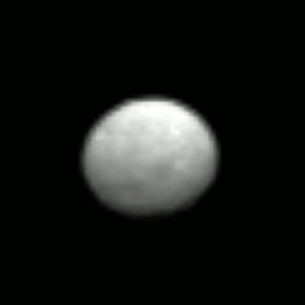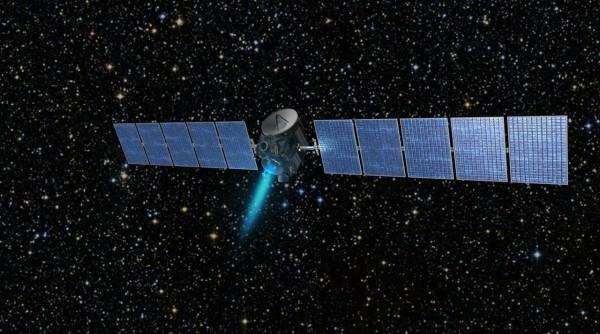NASA releases Ceres shots as Dawn nears dwarf planet
NASA has shared its newest photos of distant dwarf planet Ceres, the next destination for the long-traveling Dawn spacecraft as it continues its nearly two-decade mission. The 590 mile wide planet is just 27 pixels across in Ceres' first snapshot, beamed back to Earth as the exploring spaceship makes its approach, but that's still enough to help guide the craft into orbit. Meanwhile, the quality will only increase as the distance from the mysterious planet shrinks: NASA says that the next scheduled photos will be the best shots of Ceres ever seen by human eyes.
Those won't be received until the end of January, however, and until then it's pictures captured by the Hubble Space Telescope all the way back in 2003 and 2004 that hold the record. Dawn's current images are roughly 80-percent of the quality, so lack some sharpness, but they're still three times better than the calibration pictures it captured only last month.

That's important, since Dawn will be using its photography to plot a course into orbit around Ceres. Largest body in the asteroid belt between Mars and Jupiter, Ceres will be the subject of 16 months of study as scientists investigate what's believed to be an icy constitution.
Dawn will take a spiral course to Ceres, coasting on its clever ion drive and expected to enter orbit around March 6. The ion engine pushes the craft by throwing out electrically charged particles of xenon gas behind it.

It's not a new trick for the spaceship, however, which spent a year orbiting Vesta before departing for Ceres back in 2012. There, it snapped more than 30,000 shots.
For now, we have the teasing hint of craters on Ceres' surface, and the vicarious excitement of the JPL team as they prepare to see the first dwarf planet a spaceship from Earth has ever visited. One possibility is an ocean of ice trapped under the crust.
